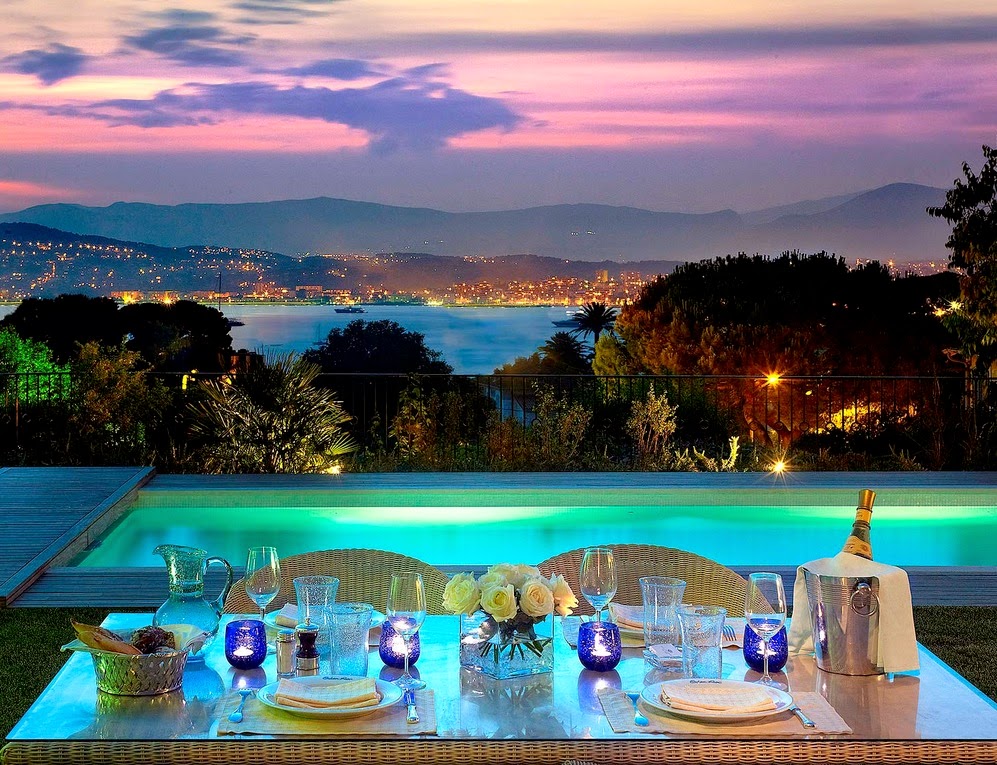There are > 200 ceramic workshops in the town of
Deruta, Italy---that’s one shop for every 40 citizens living in the Umbrian village
of 8,000. Before even arriving in the
city limits of Deruta one recognizes the importance of pottery when a large, colorful
sign welcomes visitors to the “Town of Ceramics.” Once
inside the medieval hill-town, however, evidence abounds on why it is one of
the most important centers in all of Italy for hand-painted pottery: streets are lined with factory showrooms which
spill their vividly-colored contents onto sidewalks; street signs are hand-painted
in flamboyant Deruta patterns; names of bakeries,
cafés and delicatessens are announced in vibrant pottery signage. Ceramics are the heart-beat of Deruta.
Production of this glorious terracotta began in the
early Middle Ages, however, Deruta reached its artistic pinnacle in the 16th
century. Taking inspiration from
Renaissance master painters such as Raffaello, Deruta artisans of the 1500’s
were considered the best in the country.
To this day, this town’s masterpieces are coveted not only in Italy, but
are prized throughout Europe, the U.S., and Asia. Unfortunately, Deruta has become so renowned
that prices have dramatically increased.
It’s not unusual for a coffee mug to cost >$25 in the U.S.
Those who will be coming in June 2015 for the
Umbrian villa rental (there are only 2 spaces remaining) will have the opportunity to visit a Deruta workshop that
has been owned by the same family for nearly 70 years. You’ll be able to watch the entire process from
the unformed clay, through the shaping process, to the painstaking hand-painting,
then through the firing and glazing.
There will be plenty of time allowed for shopping…and most showrooms
will ship purchases back home. Looking
for a bargain? Some shops have a “seconds”
rack where one can pick up an item with a small imperfection for considerably
less.



